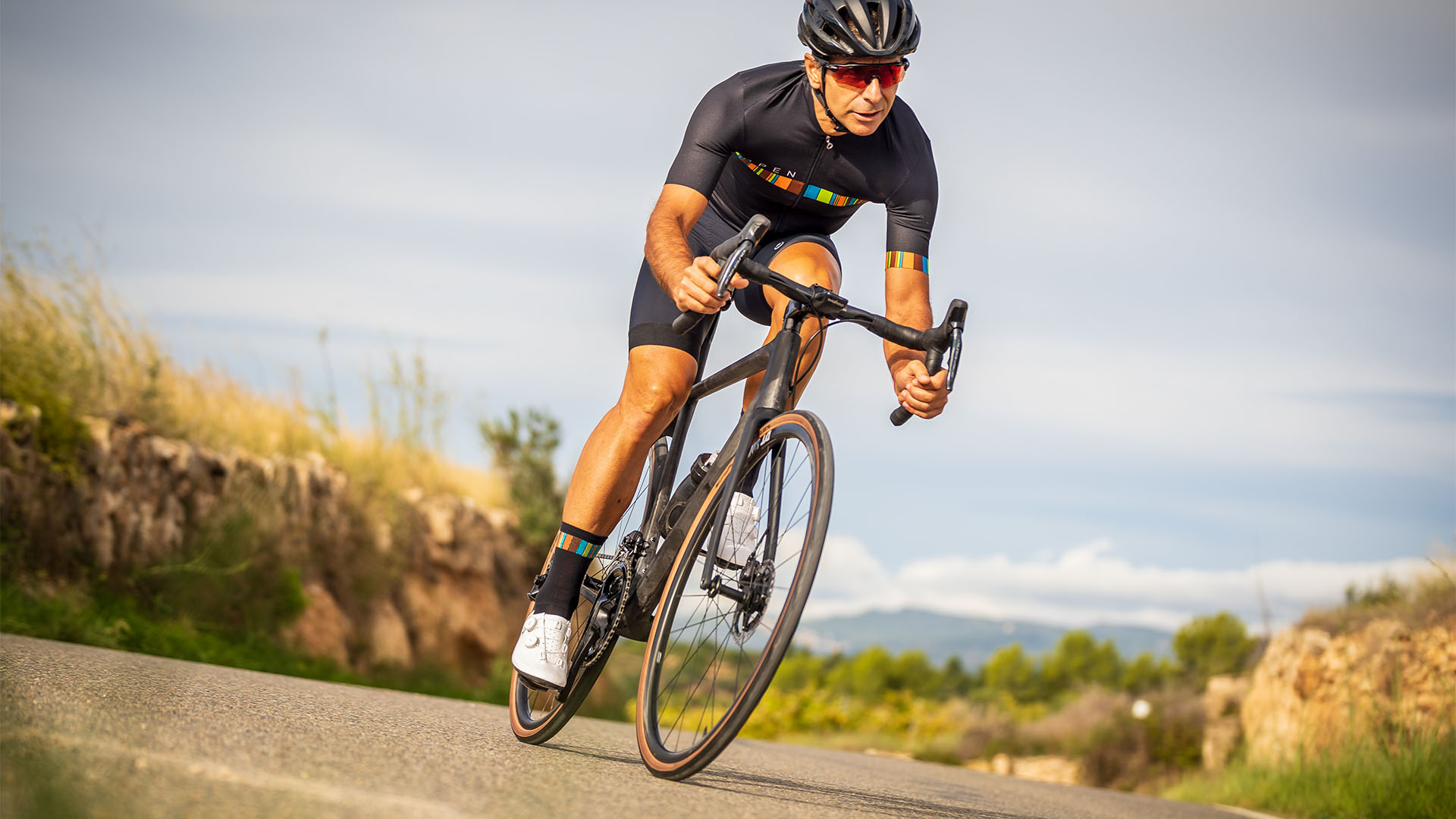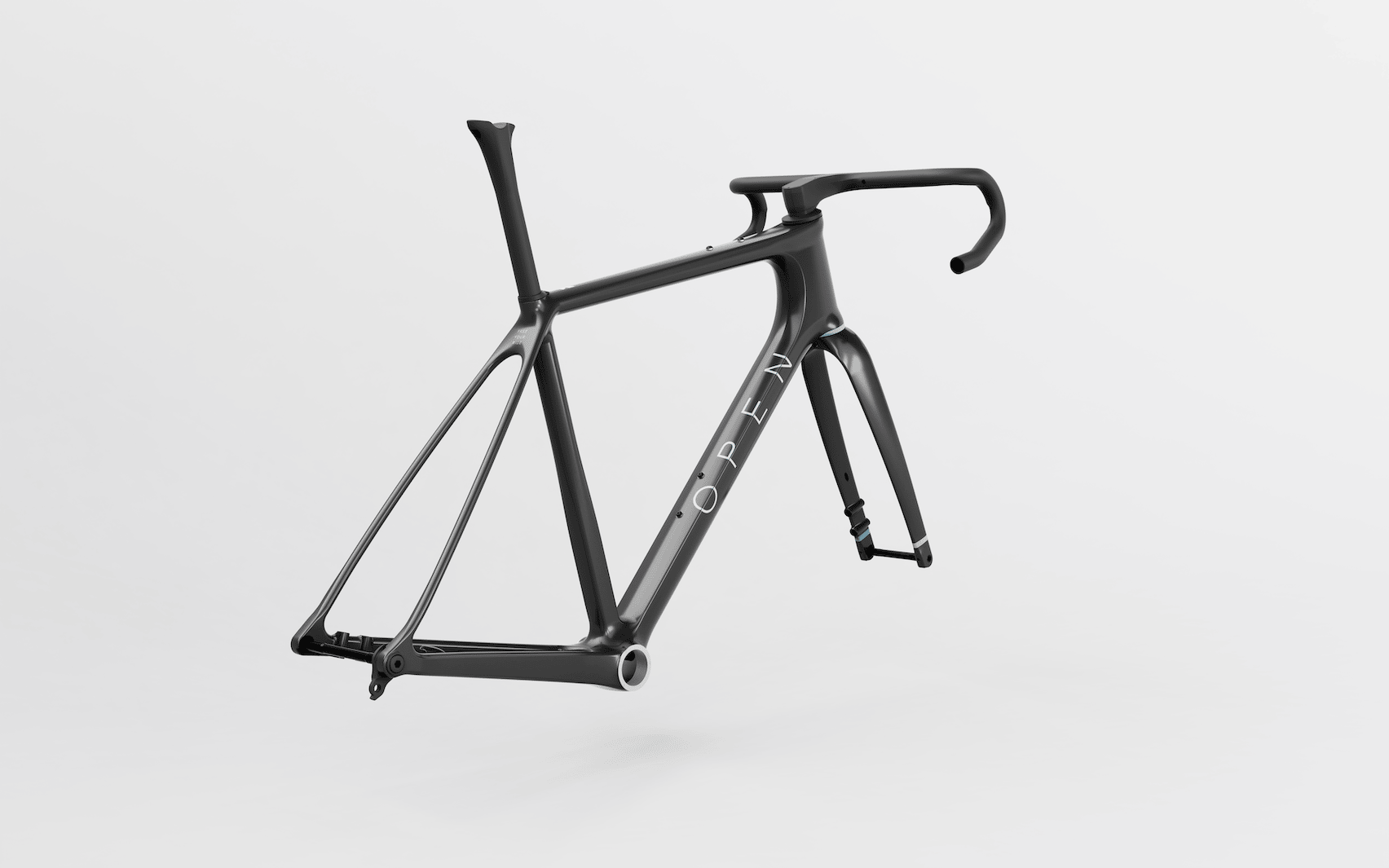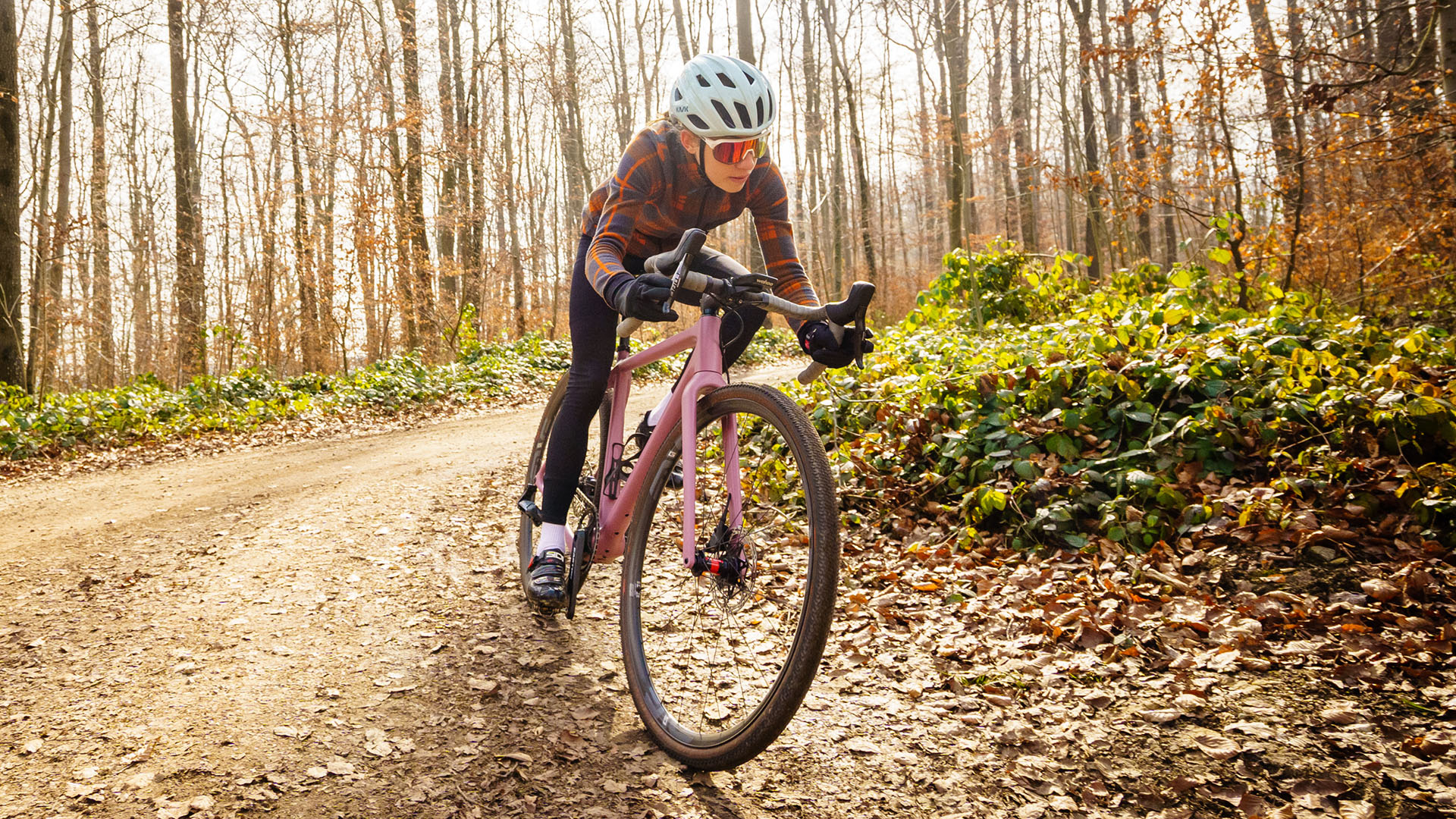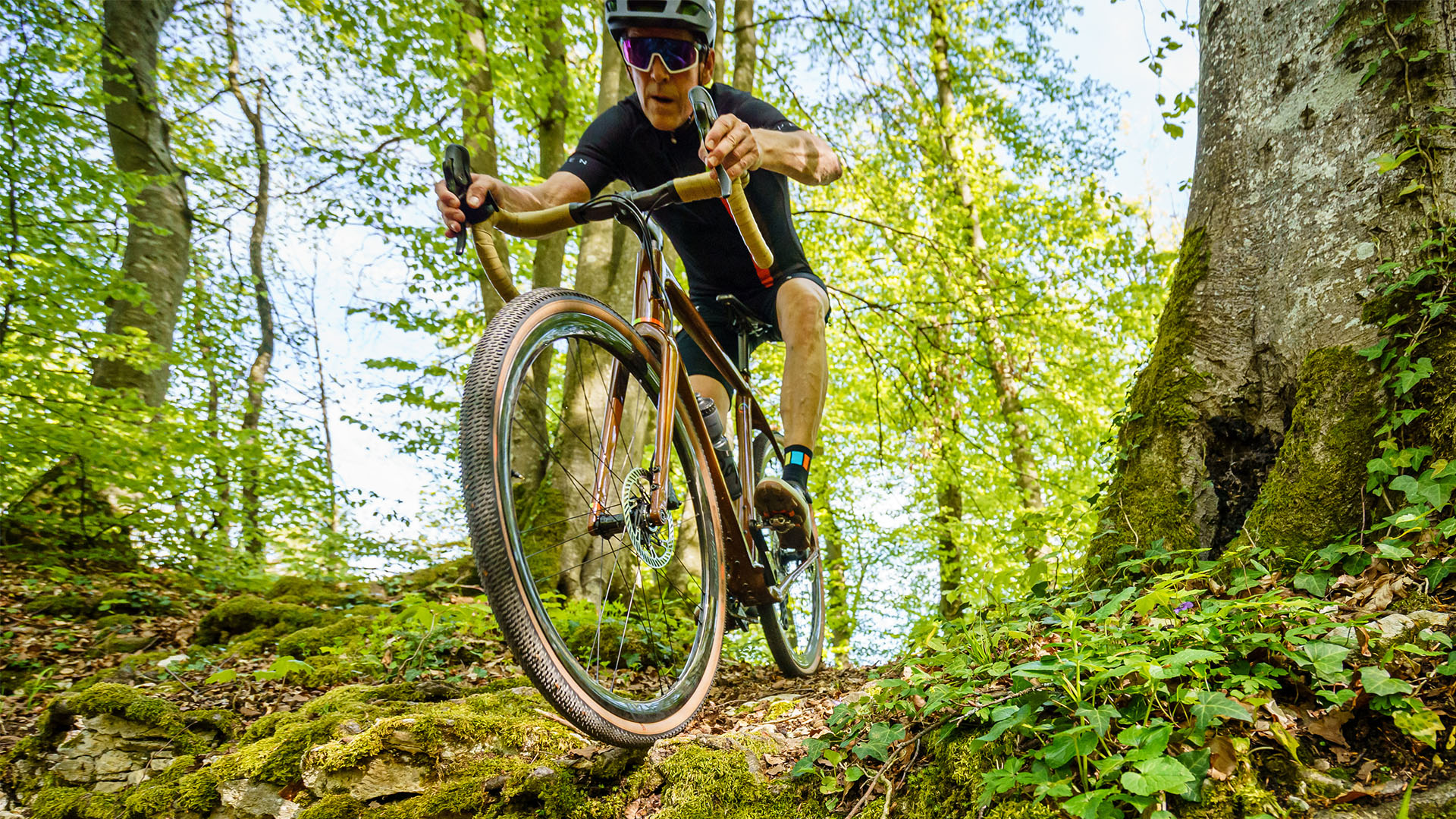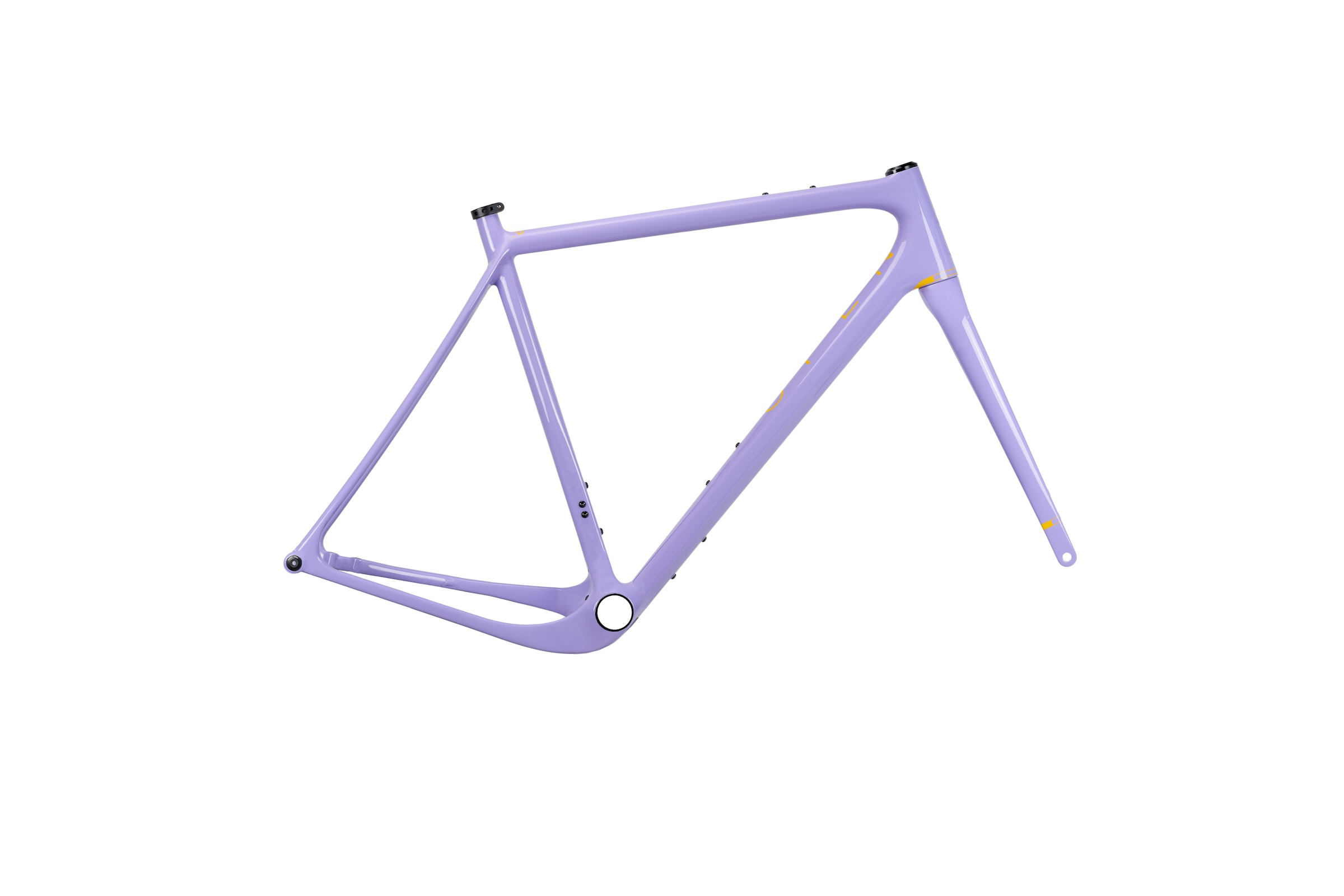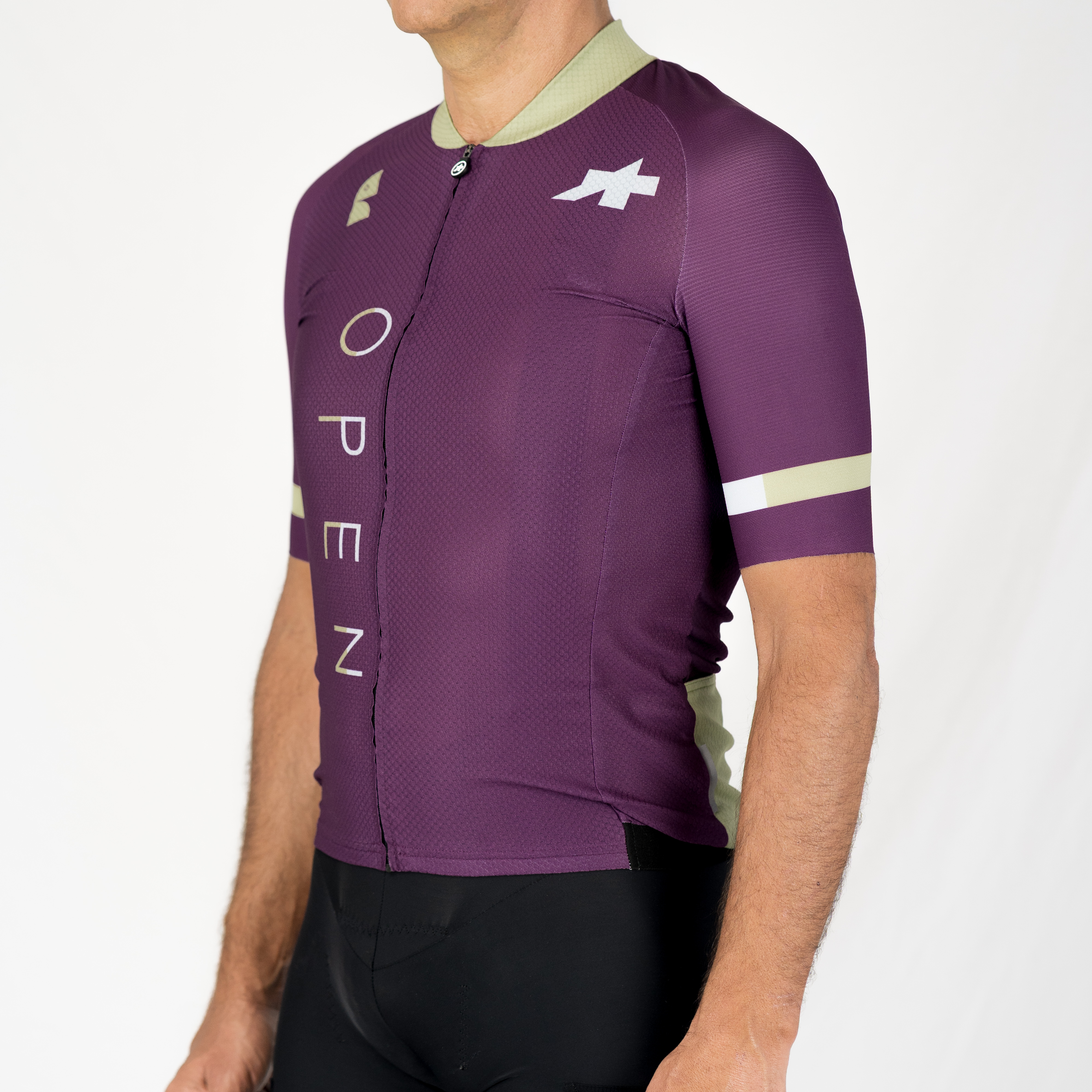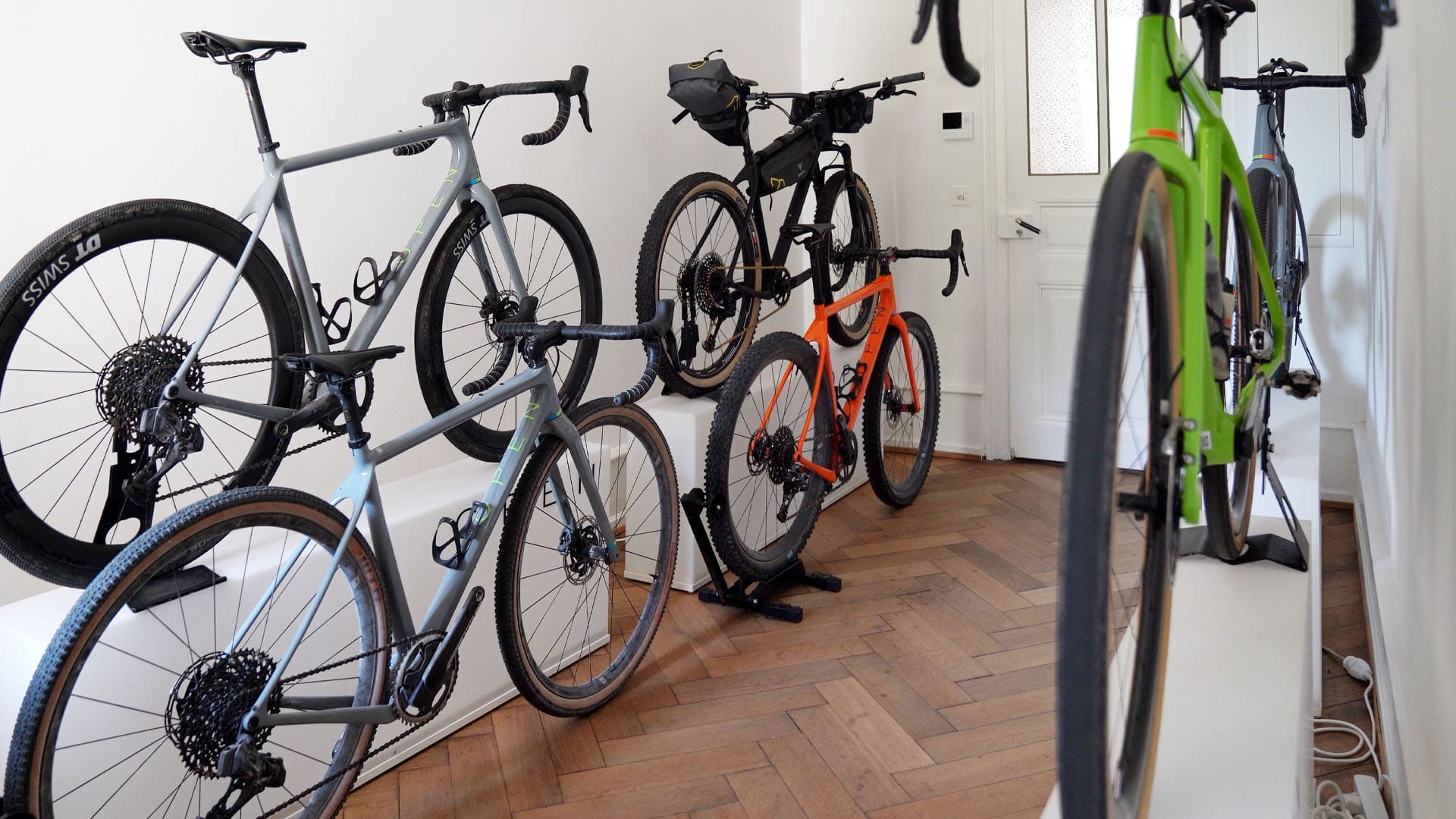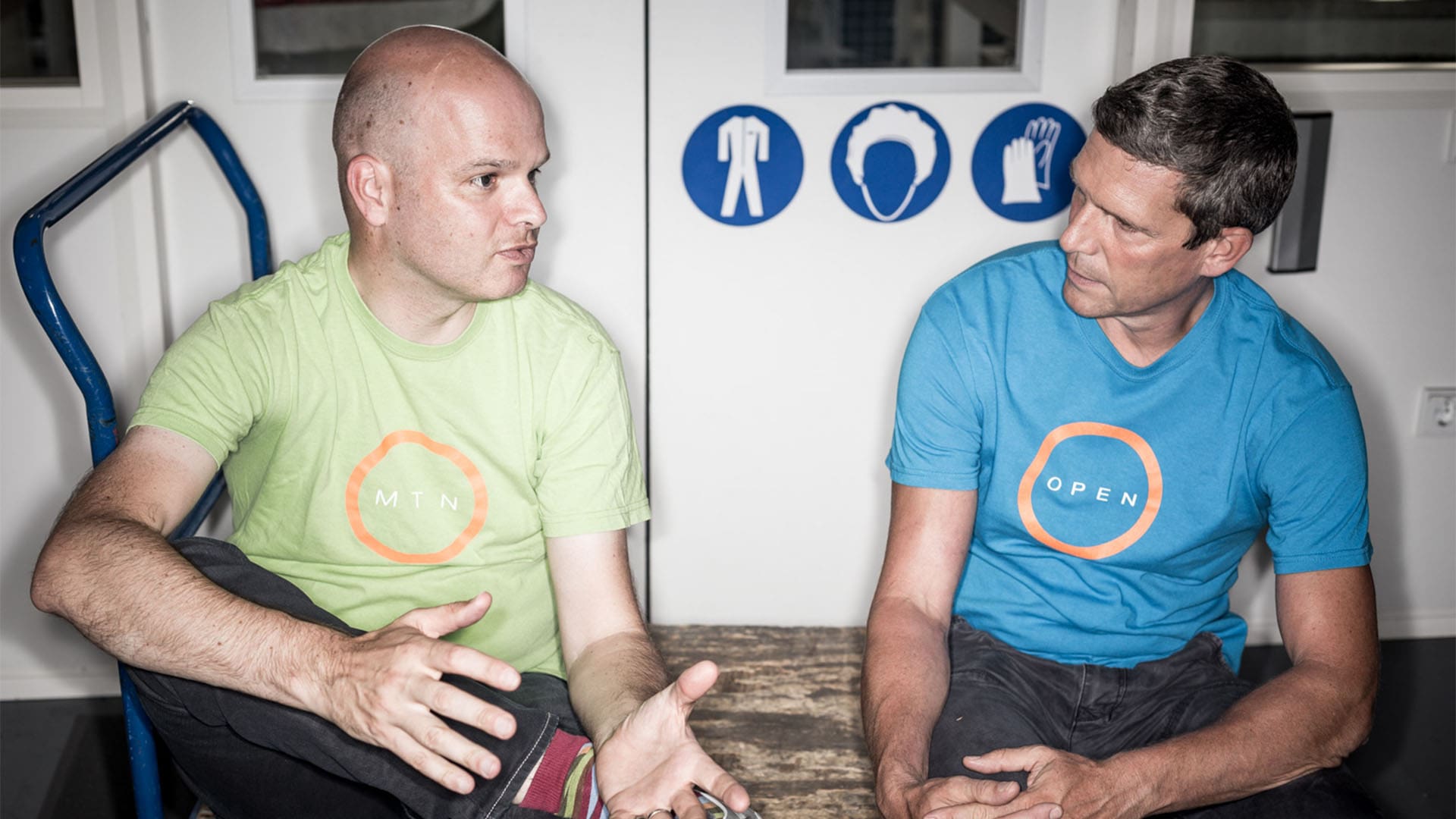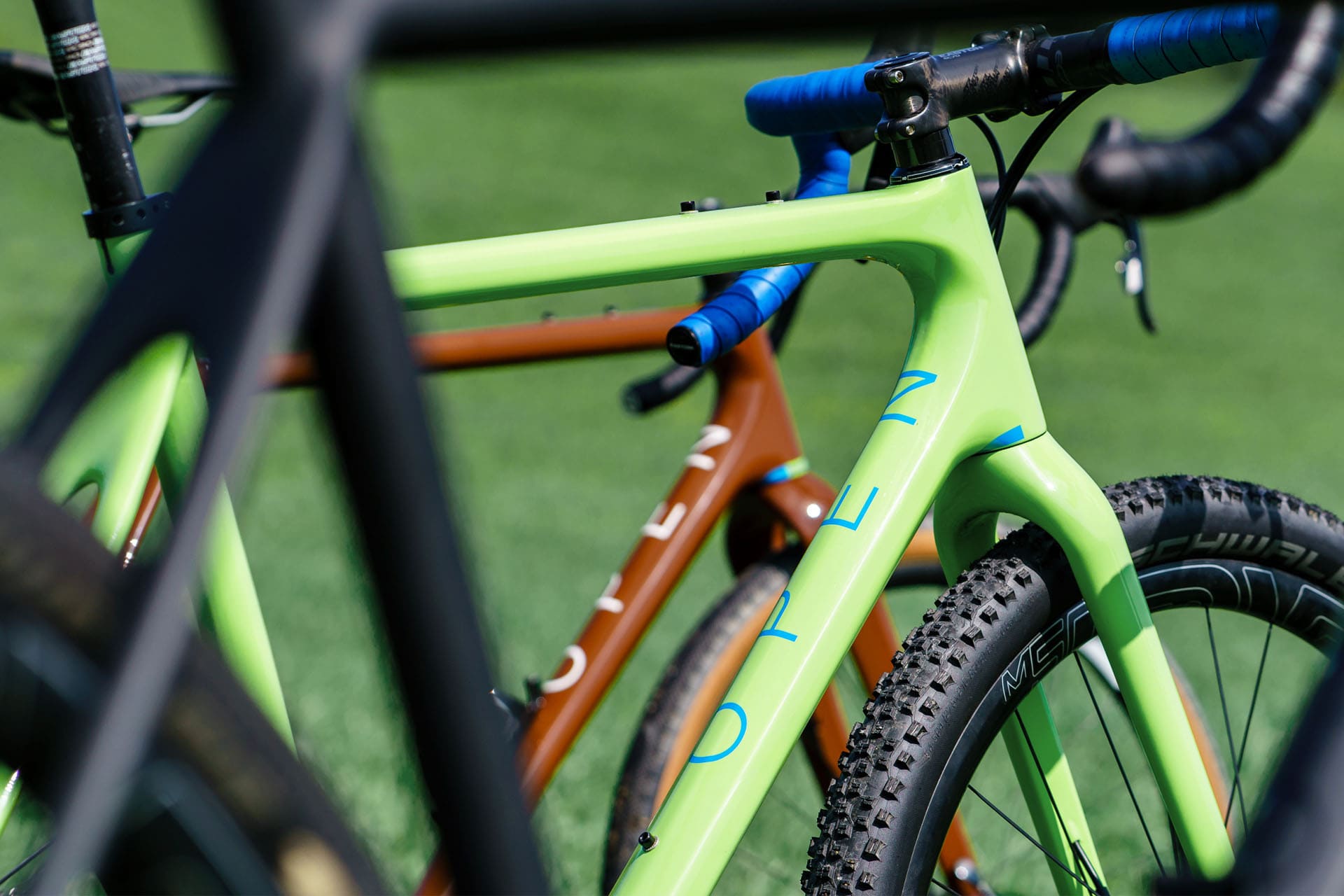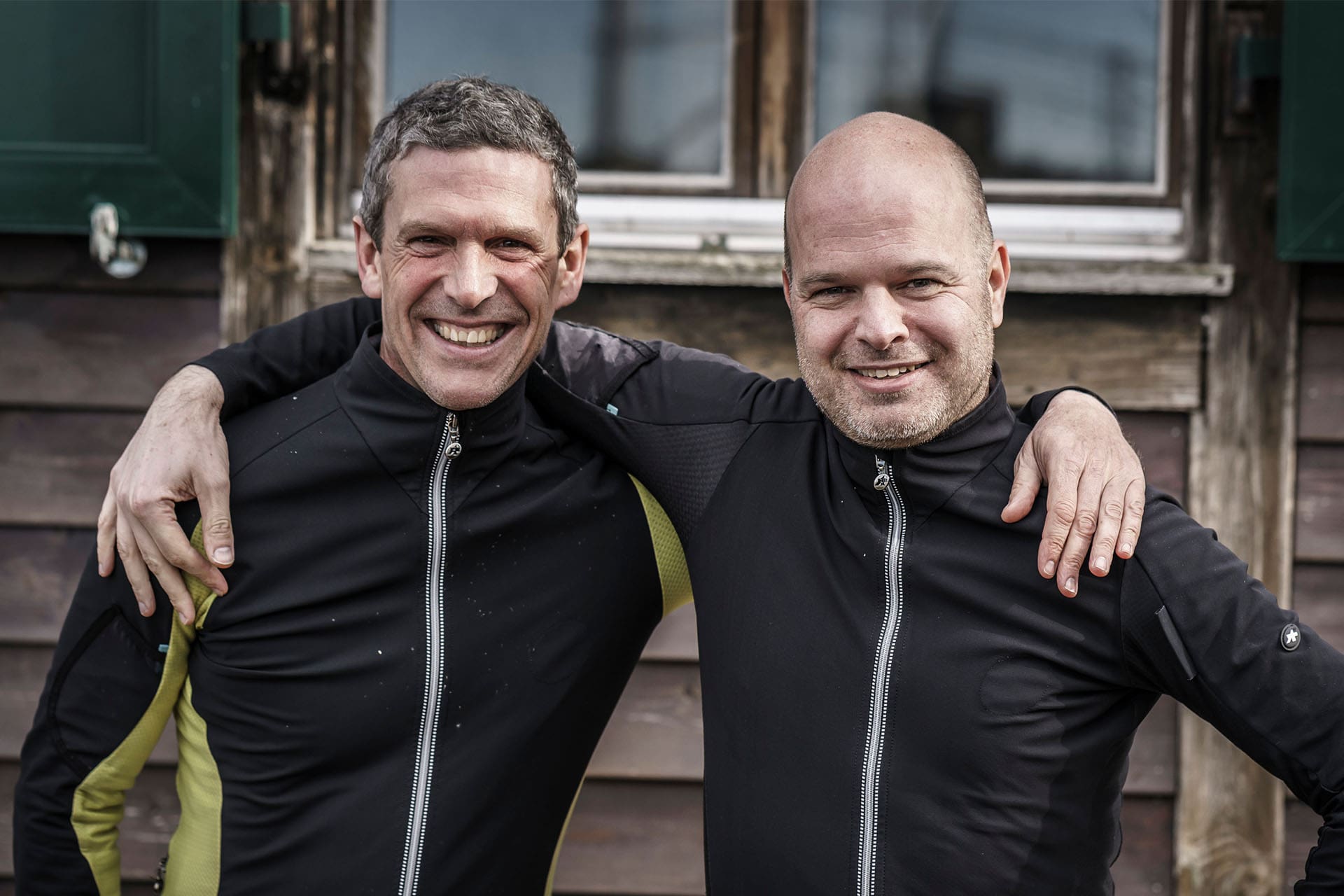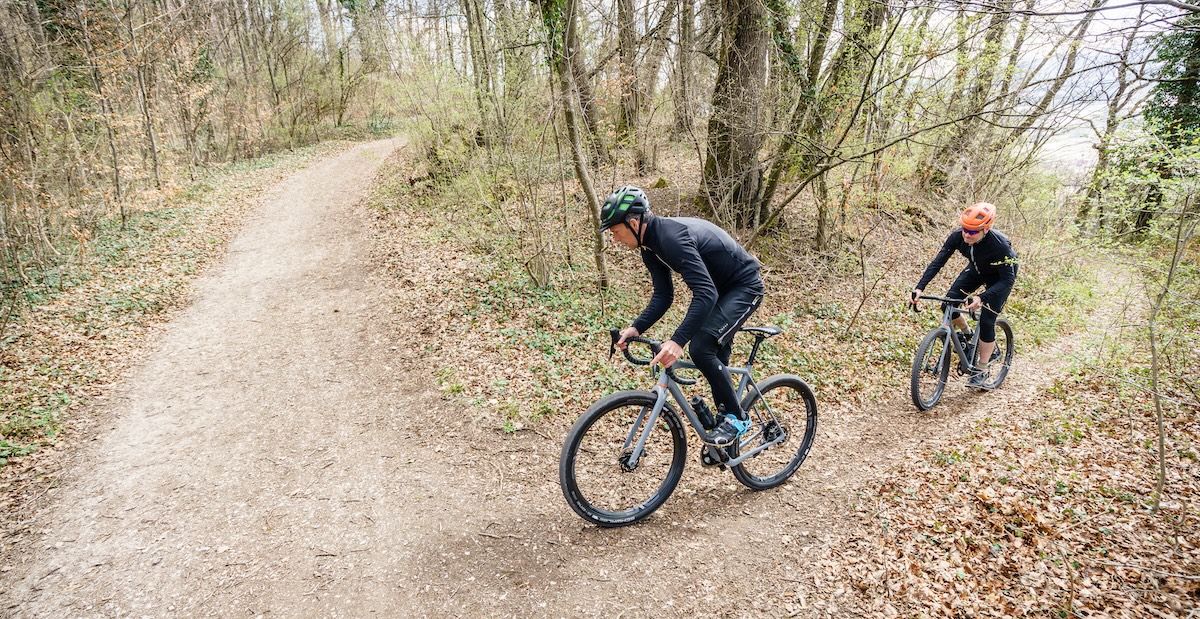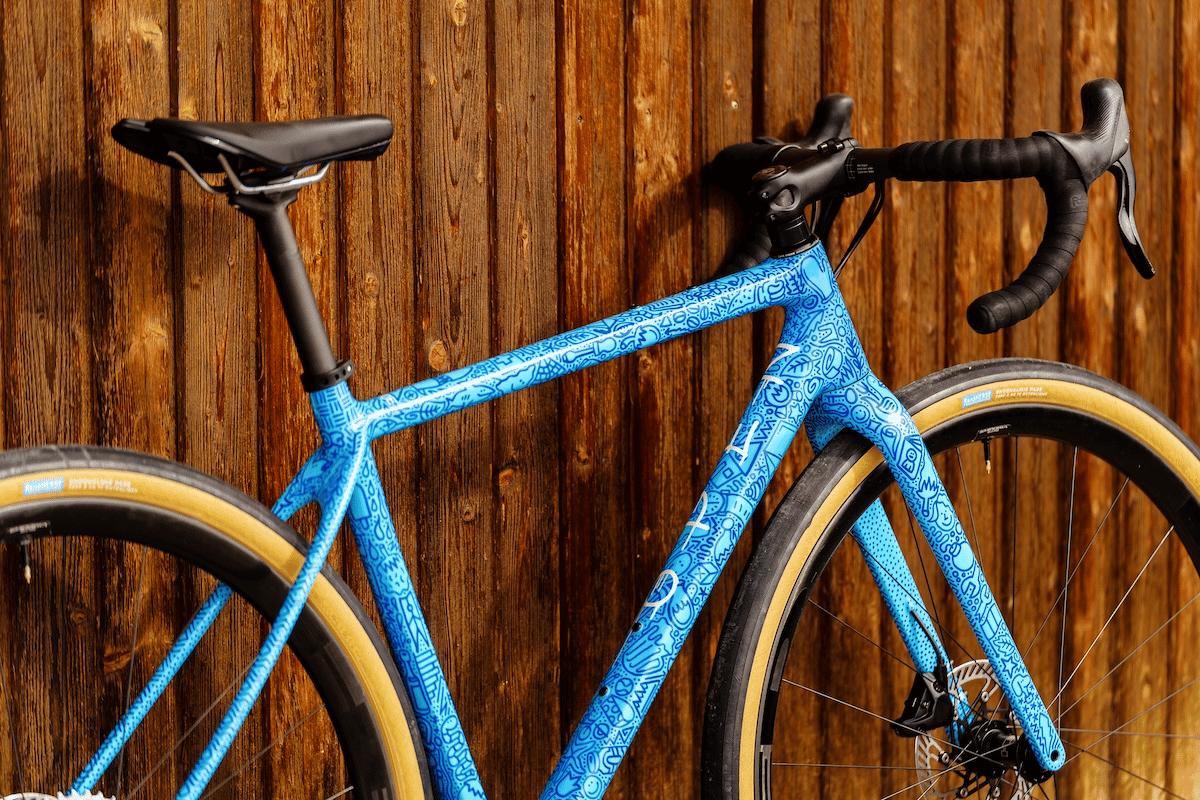PressCamp and a small frame that fits
27. Jun ’16
General

This past week, I was at PressCamp showing the ONE+ to the media. For a small company like ours, an event like this is perfect. We don't have the budget or pull to get all the media to fly out to a 3-day all expenses paid press launch, so having all of them gathered in one spot already is brilliant.
The only "drawback" some perceive is that you are showing your product together with a few other brands, so you don't have the media's undivided attention, but you can't have one without the other; the combination of several brands is why the media shows up in the first place. And we're not afraid of a bit of competition, we know that the more people can compare our stuff to other bikes on the market, the better we do.
Anyway, the reception of the ONE+ was really good, both as a full-on XC bike with 2.25" tires (it fits up to 2.4" in that set-up) or with the semi-fat plus 2.8" tires (it fits up to 3.0" that way). It's always nice when people test ride your bikes and come back raving, after all that's why we build them. And whether it's the media or "regular" customers, some of whom also came by during our time at PressCamp, it never grows old. You can see the first review coming out of PressCamp here, especially enlightening for those contemplating the 27.5+ set-up.
One strange thing happened though. As you may know, we changed the geometry in the size Small to 27.5" instead of 29" for the XC set-up (and 26+ instead of 27.5+ for the semi-fat set-up). This is really a no-brainer, it is IMPOSSIBLE to get into a fast XC position over top of 29er wheels in that size. Every single person riding a 29er in that size sits up too high, and your body position is so much more important than your wheel size that you're just throwing away oodles of speed. Not so important in a semi-fat set-up maybe, but in cross country it makes such a difference, it's like starting a race trying to loose.

When we talk to consumers looking at the Small, about half of them get this and are happy that there finally is a high-end cross country machine that solves this problem. But the other half are hell-bent on sticking to 29er wheels. I get different responses when I ask why.
Some quote a few % difference in rolling resistance, but that simply is nothing compared to the disadvantages in positioning (and also in weight distribution with the longer chain stays).
Some mention they've already invested a lot of money in 29er wheels and don't want to get a new set of wheels. That's definitely a valid concern.
A small portion of the "Small population" straight out tells me it's their ego, that they don't want to confirm their below-average height by getting smaller wheels. Ironically, nothing highlights being below-average height more than riding with wheels that are too big and not in proportion to the rider. Nobody reads the tire size off of the sides of your spinning tires, they only see how you sit on your bike.
But overall, I fear that the biggest part is simply education and that's of course something we only have limited influence on (we try in these updates), but the media can do a lot more about. I was really happy to see that not only did every journalist we spoke to get it and appreciate the size-specific wheel design of the ONE+, many also said they would address this issue more broadly in their publications. So I hope (and think) the future is looking bright for people of all body types and heights to ride the correct size frame and wheels.
The only "drawback" some perceive is that you are showing your product together with a few other brands, so you don't have the media's undivided attention, but you can't have one without the other; the combination of several brands is why the media shows up in the first place. And we're not afraid of a bit of competition, we know that the more people can compare our stuff to other bikes on the market, the better we do.
Anyway, the reception of the ONE+ was really good, both as a full-on XC bike with 2.25" tires (it fits up to 2.4" in that set-up) or with the semi-fat plus 2.8" tires (it fits up to 3.0" that way). It's always nice when people test ride your bikes and come back raving, after all that's why we build them. And whether it's the media or "regular" customers, some of whom also came by during our time at PressCamp, it never grows old. You can see the first review coming out of PressCamp here, especially enlightening for those contemplating the 27.5+ set-up.
One strange thing happened though. As you may know, we changed the geometry in the size Small to 27.5" instead of 29" for the XC set-up (and 26+ instead of 27.5+ for the semi-fat set-up). This is really a no-brainer, it is IMPOSSIBLE to get into a fast XC position over top of 29er wheels in that size. Every single person riding a 29er in that size sits up too high, and your body position is so much more important than your wheel size that you're just throwing away oodles of speed. Not so important in a semi-fat set-up maybe, but in cross country it makes such a difference, it's like starting a race trying to loose.

When we talk to consumers looking at the Small, about half of them get this and are happy that there finally is a high-end cross country machine that solves this problem. But the other half are hell-bent on sticking to 29er wheels. I get different responses when I ask why.
Some quote a few % difference in rolling resistance, but that simply is nothing compared to the disadvantages in positioning (and also in weight distribution with the longer chain stays).
Some mention they've already invested a lot of money in 29er wheels and don't want to get a new set of wheels. That's definitely a valid concern.
A small portion of the "Small population" straight out tells me it's their ego, that they don't want to confirm their below-average height by getting smaller wheels. Ironically, nothing highlights being below-average height more than riding with wheels that are too big and not in proportion to the rider. Nobody reads the tire size off of the sides of your spinning tires, they only see how you sit on your bike.
But overall, I fear that the biggest part is simply education and that's of course something we only have limited influence on (we try in these updates), but the media can do a lot more about. I was really happy to see that not only did every journalist we spoke to get it and appreciate the size-specific wheel design of the ONE+, many also said they would address this issue more broadly in their publications. So I hope (and think) the future is looking bright for people of all body types and heights to ride the correct size frame and wheels.
